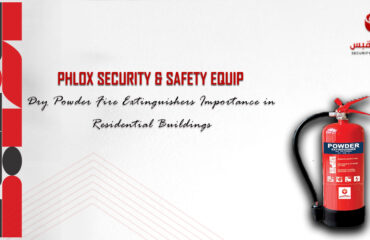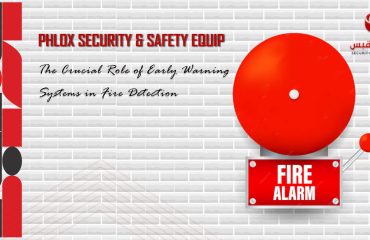
The Importance of Firefightinng Systems for Safety and Protection
Firefightinng systems are essential in ensuring the safety of buildings, people, and assets. Whether it’s a home, office, or industrial facility, having the right fire suppression systems in place can make a life-saving difference in the event of a fire. These systems are designed to detect, contain, and suppress fires quickly, minimizing damage and enhancing occupant safety.
Types of Fire fightinng Systems
- Fire Sprinkler Systems
One of the most effective firefighting systems, fire sprinklers, activate automatically when they detect heat. These systems release water over the fire to control its spread and prevent further damage. Fire sprinklers are particularly vital in commercial buildings and high-rise apartments where fast response times are crucial. - Fire Extinguishers
Portable fire extinguishers are vital tools for fighting small fires before they escalate. They come in various types, each suited to different fire classes. There’s Class A (ordinary combustibles), Class B (flammable liquids), Class C (electrical fires), and more. Regular inspection and proper placement are key to their effectiveness. - Fire Alarm Systems
Fire alarm systems detect smoke or heat and alert building occupants to evacuate while notifying emergency responders. These systems consist of smoke detectors, heat sensors, manual pull stations, and alarms that work together to ensure quick response times. - Gaseous Fire Suppression Systems
In sensitive areas such as server rooms, data centers, and electrical rooms, gaseous fire suppression systems use clean agents like CO₂ or FM-200 to extinguish fires without causing damage to sensitive equipment. These systems are ideal for areas where water-based sprinklers might not be suitable. - Fire Hydrants and Hose Reels
Strategically placed around buildings, fire hydrants and hose reels provide firefighters with immediate access to water, enabling them to suppress larger fires effectively.
Why Firefightinng Systems Are Crucial
A properly designed and maintained firefighting system not only reduces fire risks but also ensures that fires are quickly detected and controlled. With fire safety regulations becoming more stringent, investing in comprehensive firefighting systems is a vital step toward protecting lives and property.
Conclusion:
Incorporating modern firefighting systems, like sprinklers, alarms, and extinguishers, is key to preventing large-scale damage and saving lives in the event of a fire. Regular maintenance and installation by certified professionals can ensure your system remains ready when it’s needed most.
Related Topics:
Understanding the Difference in Fire Extinguisher Types and Sizes
Modern Firefighting Systems: Advancing Safety and Efficiency in Fire Protection


